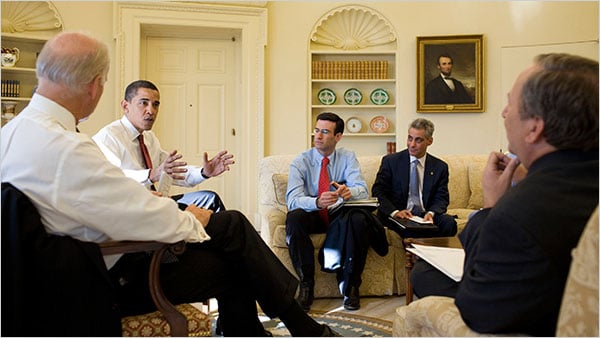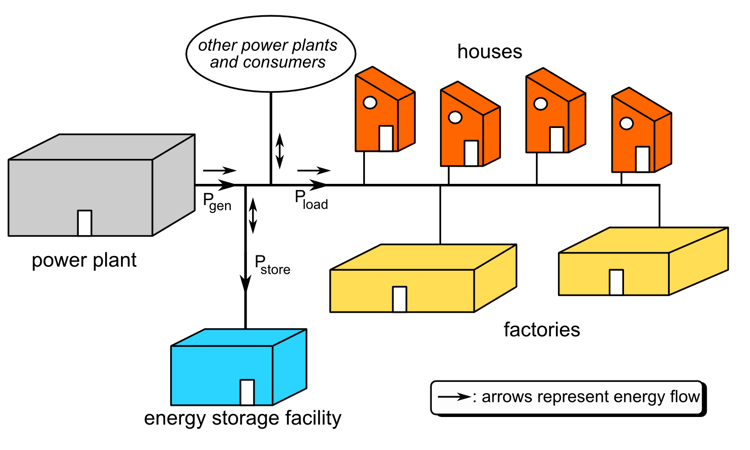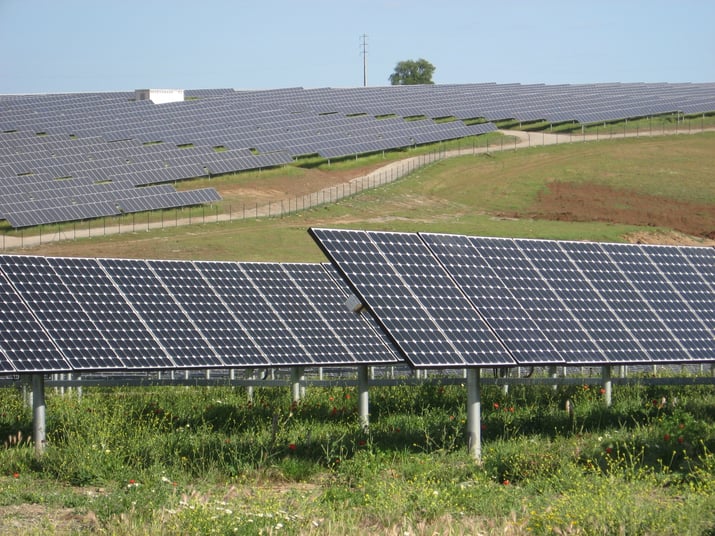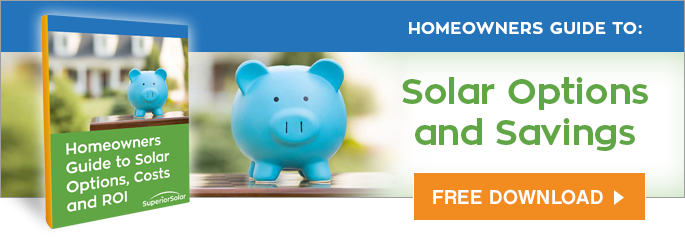If you’ve thought at all about the solar industry, you might know that solar energy is a thriving field. You recognize that it’s a great source of clean energy that’s getting added to the other more common and regular electricity sources (like coal and gas).
But there’s more to it. Solar, and other forms of renewable energy (like wind power), are extremely different from the regular energy options not because of where the energy comes from, but when the energy comes. For instance, a coal plant can run all day and night. A solar plant? That’s only going to run during daylight hours.
This is a large point of contention often brought up by renewable energy naysayers. Because renewable plants and devices cannot be producing energy every second of the day (or should we say night?), many people often wonder if, with clean energy production, everyone could get electricity whenever they wanted it.
In fact, President Obama’s Council of Economic Advisers recently met to discuss just that. The results? An interesting report looking into the effectiveness and the future of renewable energy.

The Report
Throughout the report, the President’s Council of Economic Advisers do not shy away from the “variability” of clean energy (i.e. that solar energy cannot be produced during nighttime). They mention upfront that today, electricity from clean energy sources can only make up 15 to 20 percent of all electricity on the grid.
In part, this is due to a limited amount of renewable energy sources and the fact that solar devices cannot produce energy at night, but this number is also affected by electricity storage capacities. For instance, solar produces huge amounts of energy in daylight hours and while much of it is used and given back to the gid, not all of it can be properly saved away. We just don’t have the technology for that yet.

Rethink, Remanage, Restart
Certainly, an increase in solar energy sources “will require a re-envisioning of the management of the grid” so that solar energy can be stored better, or that the energy produced can be used more efficiently. But what’s interesting is that the report argues that this re-envisioning is not only possible, it’s already begun.
Today, large-scale energy storage is expensive. The Economic Advisers’ report doesn’t deny this. Instead, it focuses on “demand response,” getting key users of electricity--large businesses or groups of individuals--to use less at key times when the grid faces high levels of demand. By creating a schedule of when certain companies or groups “turn on for production,” expensive investments in energy storage can be bypassed. Indeed, the Council finds that “continued expansion of smart markets and advanced communications is likely to make demand response all the more valuable going forward.” Furthermore, industry and utility companies are already adding 1.3 gigawatts of additional storage procurement or deployment within the next five years. The idea that people won’t be able to get their energy whenever they want is finally starting to diminish.
Renewables In The News
The study also notes how on a global scale, renewables are beginning to do so much more. It describes how “Portugal was running 100 percent on solar, wind, and hydropower for four days straight in May 2016 and Texas hit a record level of 45 percent instantaneous penetration from wind generation during one evening in February of this year.” These, combined with several other examples of renewable energy shining throughout the report suggest the bright future of energy generation.
Big changes are coming to the grid. While no one is saying that we can suddenly go to 100 percent renewables, the evidence that a more renewable grid is coming is irrefutable. And as clean technologies grow and drop in price, that grid could come much sooner than we think.
Contact us today to get a jump start on going solar. You’ll start saving thousands of dollars and will be eligible for a host of government incentives and tax rebates. Call us at 407.331.9077 or visit us online.

